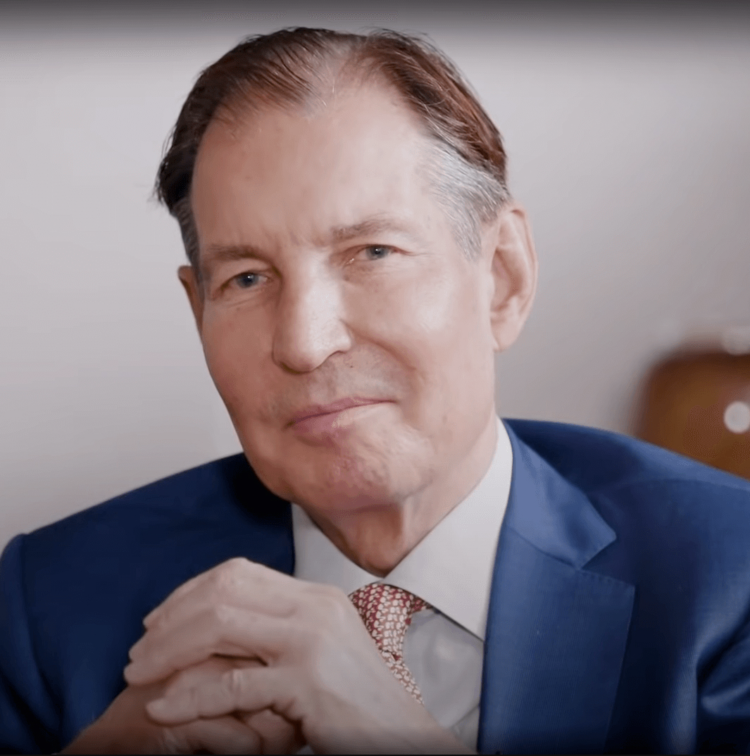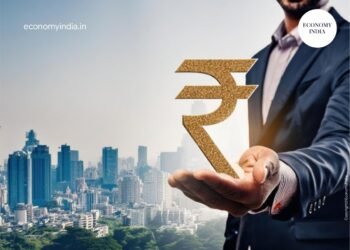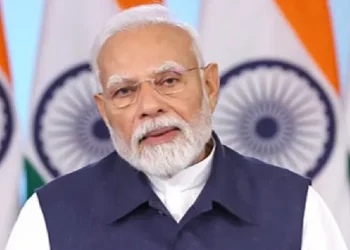NEW DELHI (Economy India): Kiril Sokoloff, the chairman and founder of 13D Research & Strategy, has long been recognized for his bold predictions about global trends. Having accurately forecasted events like the rise of China and the technology boom of the 1990s, Sokoloff now foresees India taking a crucial leadership role. During his recent visit to India, Sokoloff shared his thoughts on the country’s future, the state of the global economy, and the shifts that are likely to shape the next century. In an interview with Nishanth Vasudevan, he emphasized that India is uniquely positioned to lead the Global South, a bloc he believes will dominate the world stage for the next 100 years.
Why Sokoloff is Bullish on India
According to Sokoloff, his optimism about India stems largely from the resilience and potential of its people. “In the 18th century, India and China accounted for 25% of global GDP before colonization,” he pointed out. Sokoloff believes that, after enduring years of exploitation, a nation’s sense of freedom can unlock extraordinary strength and innovation. However, good governance is essential to harness this energy effectively. He praised Prime Minister Narendra Modi for creating an environment conducive to technological advancement, which, in turn, has accelerated India’s development.
For Sokoloff, India’s potential lies not just in its ability to become a major global power but in its leadership of the Global South—a term that encompasses the majority of the world’s population. He sees this group of countries, comprising 88% of the global population, as the ones that will shape the next century. “The Europeans and Americans have had their time,” Sokoloff said, “but now it’s the turn of the Global South, with India at the forefront.”
The Future of Indian Equities
Sokoloff is equally confident about the future of Indian equities. He predicts a significant shift in global capital flows, with money moving away from the United States, where it has been concentrated for the past 14 years, and toward emerging markets like India. He sees no reason for investors to lose faith in the Indian stock market, categorizing it as one of his “high-conviction themes.” According to him, India will continue to be a top investment destination as it grows in global prominence.
A Confusing US Economy
Turning his attention to the United States, Sokoloff described the economic situation there as puzzling. He highlighted the inconsistencies between Gross Domestic Income (GDI) and Gross Domestic Product (GDP), which have been diverging for more than two years. Additionally, he pointed out discrepancies between the payroll data, which is widely reported, and the more comprehensive household survey.
“The US economy is not as strong as the consensus believes,” Sokoloff noted. He also observed that the US dollar is weakening against other currencies, which could have serious implications for the country’s fiscal and trade deficits. Sokoloff noted that de-dollarization—where countries reduce their dependence on the US dollar—was a key topic of discussion during his travels, further signaling potential trouble ahead for the US economy.
Forecasting US Interest Rate Cuts
When it comes to US interest rates, Sokoloff expects the Federal Reserve to cut rates by 100 basis points in total, spread across three cuts. He wouldn’t be surprised to see the first cut of 50 basis points as early as September. These cuts, he predicts, will come in response to the weakening dollar and other economic pressures.
The Impact of US Presidential Elections
Sokoloff also offered his thoughts on the upcoming US Presidential election. Regardless of who wins, he believes that the government will remain divided, but the policies implemented will have a lasting impact. For instance, if Donald Trump were to win, Sokoloff expects him to focus on tax cuts and re-industrializing the US economy. Trump’s push to increase oil production could also influence energy markets. On the other hand, if Kamala Harris emerges as a key figure, Sokoloff predicts higher taxes and more regulation, but admits that her full political platform remains somewhat of an enigma.
Sokoloff believes that, no matter the election outcome, the US stock market faces serious risks. “The dollar will get weaker, and gold will do well,” he added, predicting that gold and other hard assets will thrive in an environment of currency devaluation and political uncertainty.

Warren Buffett’s Signals for US Markets
A key indicator of market health for Sokoloff is Warren Buffett’s recent sale of long-term holdings like Apple and Bank of America. He views this move as a clear signal that Buffett believes US markets are overvalued. “Buffett’s track record on timing is impeccable,” Sokoloff remarked, pointing to the fact that the famed investor has historically moved into cash when valuations in the market become too high. The “Buffett Indicator,” which measures the ratio of market capitalization to GDP, currently shows that US markets are at historic highs—a warning sign for potential overvaluation.
AI, China, and the Future of Technology
Sokoloff’s bullish stance on China remains intact, despite growing skepticism among global investors. He attributes his optimism to China’s strong position in critical technologies such as quantum computing, biotechnology, artificial intelligence (AI), and renewable energy. Sokoloff pointed to a report from the Australian think tank ASPI, which revealed that China leads the world in 57 out of 63 critical technologies of the future. In contrast, he noted that the US has spent trillions on stock buybacks, while China has invested in infrastructure and technological development, making it one of the most competitive economies globally.
Oil and Energy Markets
When asked about the future of oil prices, Sokoloff predicted that they would rise over time due to sustained demand. Even in regions like Scandinavia, where electric vehicle adoption is high, petroleum consumption continues to grow. He acknowledged that Trump’s potential return to the White House could lead to increased oil production, but environmental concerns and regulatory barriers could limit the extent of that growth. “Oil prices are going higher,” Sokoloff declared, particularly if the US dollar continues to weaken.
Gold and Silver: A Bullish Outlook
Sokoloff is particularly bullish on gold and silver, believing that both are just beginning their upward trajectories. He pointed out that silver, in particular, has lagged behind gold despite its crucial role in solar energy production. By the end of this decade, Sokoloff predicts that 10% of the world’s energy will be powered by solar, driving increased demand for silver. “Silver is going to catch up,” he said, noting that the metal’s price has historically peaked at $50 per ounce but currently trades around $29-$30.
Can Governments Stop AI?
Finally, Sokoloff shared his thoughts on the future of artificial intelligence, suggesting that there’s no way to stop its development at this point. While he acknowledged the growing concern over misinformation and disinformation, which AI could exacerbate, he emphasized the importance of trusted news sources in navigating the challenges posed by AI. “With AI, there will be a million times more misinformation,” Sokoloff warned, underscoring the need for reliable journalism in the age of artificial intelligence.
(Economy India)












